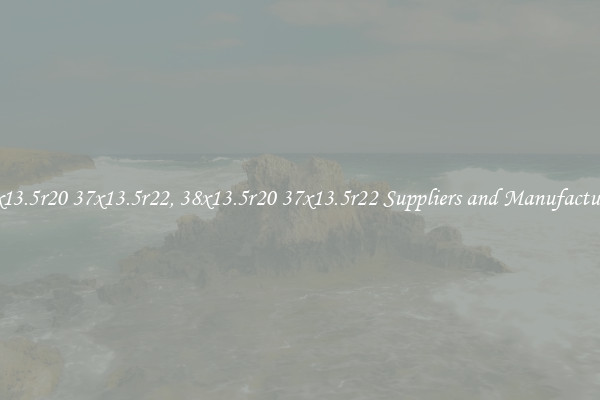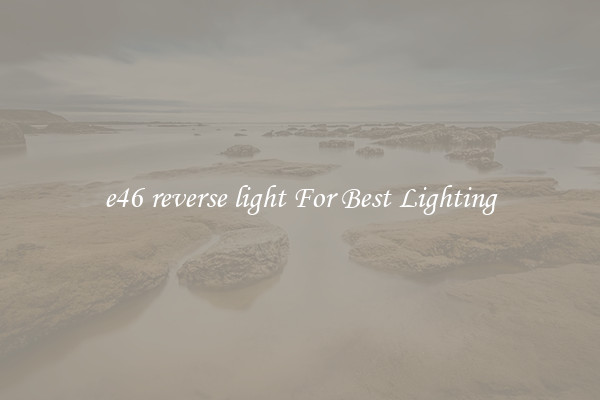led efficacy 120 lm/w, led efficacy 120 lm/w Suppliers and Manufacturers
LED efficacy refers to the measure of how efficiently a light-emitting diode (LED) converts electrical energy into visible light. It is an important factor to consider when choosing LED lights, as it determines the brightness of the light for a given amount of power consumed. One commonly used standard of LED efficacy is 120 lm/w, which means that the LED produces 120 lumens of light output for every watt of power input.

LED efficacy of 120 lm/w is considered to be highly efficient, as it indicates that the LED can provide bright illumination while consuming minimal energy. This is especially advantageous in applications where energy efficiency is a primary concern, such as in commercial and industrial settings where lights are required for extended periods.
Suppliers and manufacturers play a crucial role in the availability and quality of LED efficacy of 120 lm/w. They are responsible for producing LEDs that meet this standard and make them widely accessible to consumers and businesses. Without the efforts of suppliers and manufacturers, achieving high levels of LED efficacy would be challenging.
There are numerous suppliers and manufacturers of LED efficacy 120 lm/w in the market. These companies invest heavily in research and development, seeking to improve upon their existing LED technology and push the boundaries of efficacy even further. They are constantly innovating to achieve higher levels of brightness and energy efficiency, which benefits the end-users by providing more advanced lighting solutions.
One important advantage of LED efficacy 120 lm/w is its longevity. LEDs are known for their long lifespans compared to traditional lighting options. By producing more lumens for each watt of power input, LEDs of this efficacy reduce power consumption and decrease the frequency of replacements. This results in cost savings and diminishes the environmental impact associated with manufacturing and disposing of lighting products.
Additionally, LED efficacy 120 lm/w offers more flexibility in lighting design and applications. The higher efficacy enables LED lights to be used in a variety of settings, from residential homes to high-intensity spotlights for outdoor areas. This versatility means that LED efficacy is not only beneficial for large-scale installations but also for everyday illuminations in households.
In conclusion, LED efficacy 120 lm/w represents a significant advancement in lighting technology. Suppliers and manufacturers play a crucial role in making this high level of efficacy available to the market. The energy-efficient nature and long lifespan of LED efficacy 120 lm/w make it an attractive choice for both businesses and individuals seeking cost-effective and environmentally friendly lighting solutions. With continued research and development, it is likely that LED efficacy will continue to improve, further revolutionizing the lighting industry.

View details

View details

View details

View details








